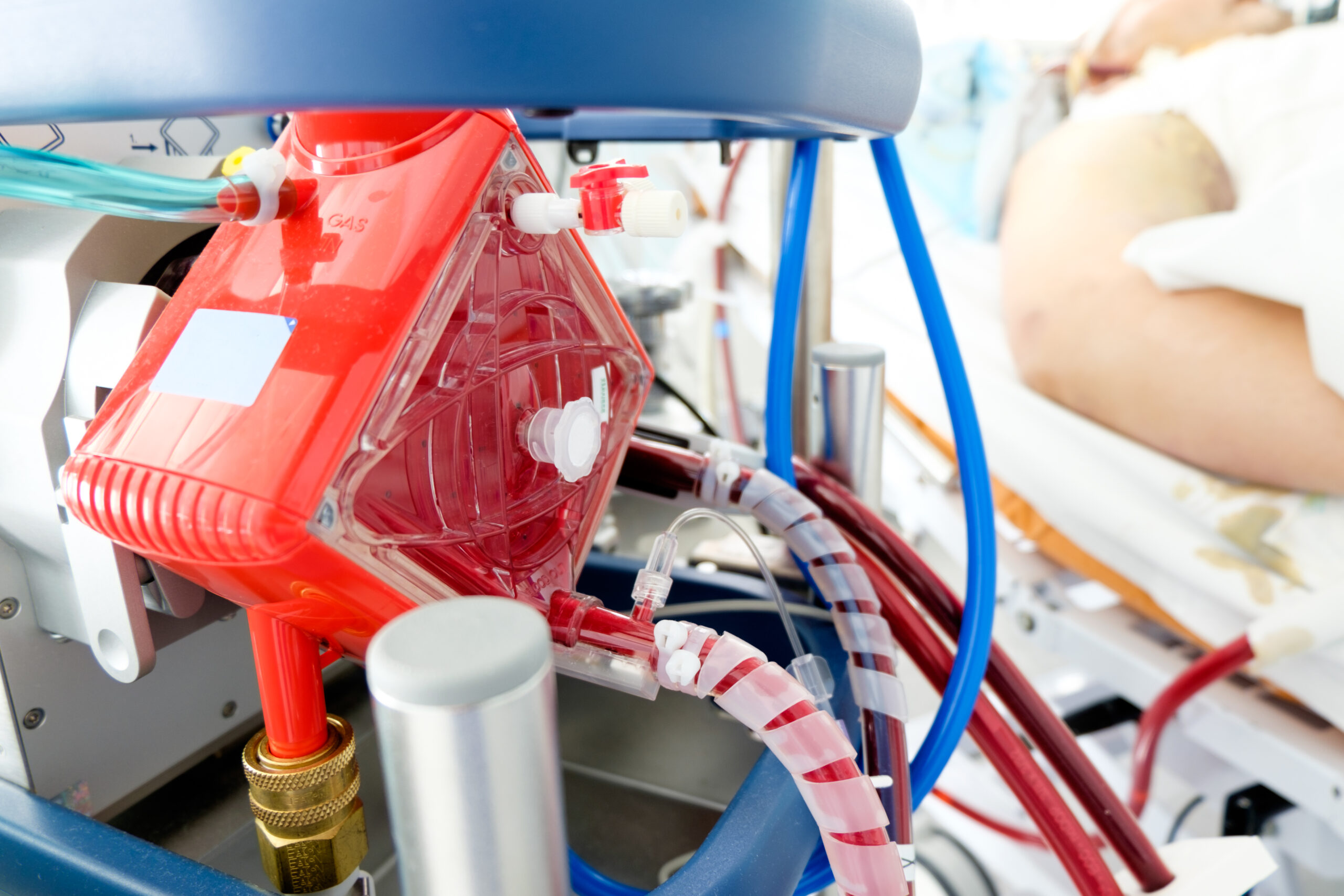Prone Positioning during Venovenous Extracorporeal Membrane Oxygenation in Acute Respiratory Distress Syndrome. A Multicenter Cohort Study and Propensity-matched Analysis

Abstract
Rationale: Prone positioning reduces mortality in patients with severe acute respiratory distress syndrome (ARDS). To date, no evidence supports the use of prone positioning (PP) during venovenous extracorporeal oxygenation (ECMO).
Objectives: The aim of the study was to assess the feasibility, safety, and effect on oxygenation and lung mechanics of PP during ECMO. As a secondary exploratory aim, we assessed the association between PP and hospital mortality.
Methods: We performed a multicenter retrospective cohort study in six Italian ECMO centers, including patients managed with PP during ECMO support (prone group; four centers) and patients managed in the supine position (control group; two centers). Physiological variables were analyzed at four time points (supine before PP, start of PP, end of PP, and supine after PP). The association between PP and hospital mortality was assessed by multivariate analysis and propensity score-matching.
Results: A total of 240 patients were included, with 107 in the prone group and 133 in the supine group. The median duration of the 326 pronation cycles was 15 (12-18) hours. Minor reversible complications were reported in 6% of PP maneuvers. PP improved oxygenation and reduced intrapulmonary shunt. Unadjusted hospital mortality was lower in the prone group (34 vs. 50%; P = 0.017). After adjusting for covariates, PP remained significantly associated with a reduction of hospital mortality (odds ratio, 0.50; 95% confidence interval, 0.29-0.87). Sixty-six propensity score-matched patients were identified in each group. In this matched sample, patients who underwent pronation had higher ECMO duration (16 vs. 10 d; P = 0.0344) but lower hospital mortality (30% vs. 53%; P = 0.0241).
Conclusions: PP during ECMO improved oxygenation and was associated with a reduction of hospital mortality.
